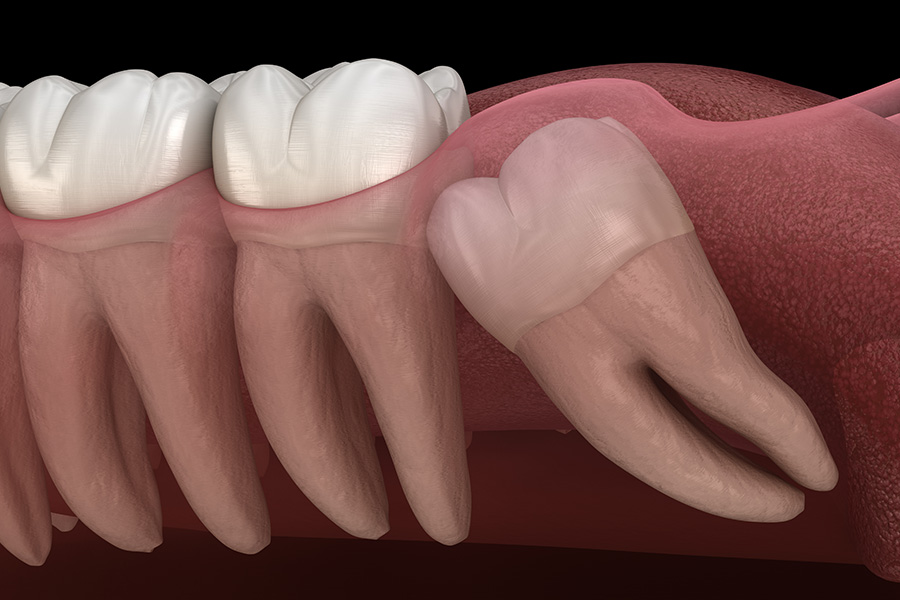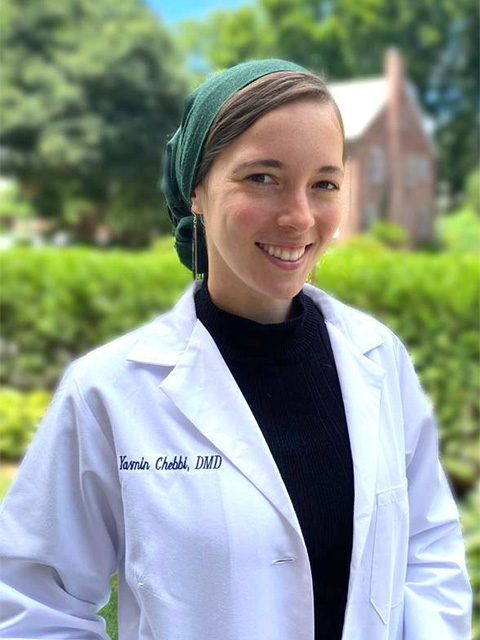Dental Extractions with Advanced Technology at The Flossery: Optimal Healing and Minimal Discomfort

Extraction technique matters for overall health
In The Heart Attack Gene, Dr. Bradley Bale and Dr. Amy Doneen focus on the systemic risks of oral infections and the bacteria that can remain in the mouth after tooth extraction. After a tooth extraction, the socket left behind can become a breeding ground for bacteria, especially if not cleaned thoroughly. This area can become infected or inflamed if proper care isn't taken. If an infection occurs, the bacteria in the extraction site can enter the bloodstream, causing bacteremia. The bacteria from the oral cavity, including species like Porphyromonas gingivalis and Fusobacterium nucleatum, have been linked to systemic inflammation and atherosclerosis (plaque buildup in the arteries), both of which are risk factors for heart disease.
Chronic low-grade inflammation in the body is a key factor in the development of cardiovascular diseases. If the area around the extraction site remains infected or inflamed, the bacteria and inflammatory molecules can travel through the bloodstream, potentially leading to arterial plaque formation and increased risk of heart attacks or strokes. The book emphasizes the connection between oral infections and cardiovascular health, noting that untreated or poorly managed infections in the mouth can contribute to the development of such issues.
Dr. Amy Doneen speaks about the dental connection to arterial disease
Best Techniques for whole body health at The Flossery
When it comes to dental extractions, using advanced technology and treatment methods can significantly improve the overall experience and recovery for patients. Traditional dental extractions often come with post-procedure swelling, pain, and the need for medications like painkillers or antibiotics. However, when performed at The Flossery with CBCT imaging, laser, ozone therapy, and PRF (Platelet-Rich Fibrin), extractions can be far more comfortable, leading to better outcomes and virtually no swelling or pain. Here’s how each of these methods contributes to an improved extraction process:
- CBCT Imaging (Cone Beam Computed Tomography)
- Accurately plan the extraction: CBCT scans allow for precise identification of the tooth’s root structure, surrounding bone, and proximity to important anatomical features (like nerves or sinuses). This precision helps reduce the risk of complications and ensures that the tooth can be removed with minimal trauma to the surrounding tissues.
- Reduce the risk of damage: With clear and detailed imaging, the procedure can be carried out with more precision, minimizing damage to surrounding soft tissues, nerves, and bone.
- Laser Technology
- Minimal tissue trauma: Lasers allow for precise cuts, which minimizes damage to the gum and surrounding tissues. This results in faster healing times and less post-operative discomfort.
- Sterilization: The heat from the laser also sterilizes the treatment area, which can significantly reduce the risk of infection.
- Reduced swelling: Because lasers help seal blood vessels as they cut, there’s often less bleeding, leading to little to no swelling after the extraction.
- Ozone Therapy
- Promote healing: Ozone helps to oxygenate tissues, speeding up the healing process by improving blood circulation and stimulating the body's natural repair mechanisms.
- Prevent infection: Ozone is a powerful disinfectant, helping to sterilize the extraction site and kill bacteria without the need for antibiotics. This reduces the risk of post-operative infection.
- Reduce inflammation: Ozone can help reduce inflammation in the treated area, further minimizing swelling and discomfort after the extraction.
- Platelet-Rich Fibrin (PRF) Treatment
- Accelerated healing: PRF contains growth factors that promote tissue regeneration, leading to faster healing and repair of the gums and bone after an extraction.
- Reduced swelling and discomfort: Because of its natural healing properties, PRF helps reduce inflammation and swelling, often leading to a smoother recovery with minimal pain.
- Reduced reliance on antibiotics and painkillers: PRF enhances natural healing so effectively that most patients experience less post-operative pain and discomfort, reducing or even eliminating the need for painkillers. Additionally, PRF can significantly reduce the risk of infection, often eliminating the need for antibiotics after the procedure.
Why This Method Works So Well:
- Virtually no swelling: Thanks to the precision of CBCT, the use of lasers for minimal tissue trauma, ozone’s sterilization properties, and the regenerative power of PRF, swelling after the procedure is typically minimal to nonexistent.
- No painkillers or antibiotics needed: The combination of laser technology, ozone therapy, and PRF treatment helps reduce both pain and infection, meaning that most patients do not need painkillers or antibiotics after the procedure. The natural healing process is optimized, so discomfort is minimized, and the need for pharmaceutical intervention is greatly reduced.
These methods revolutionize the extraction process, offering a more comfortable experience for patients and promoting faster recovery with fewer medications. Call us today for a consultation! 781-894-0500




